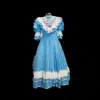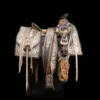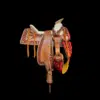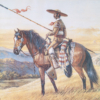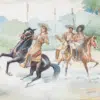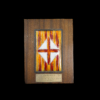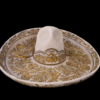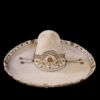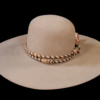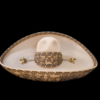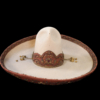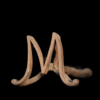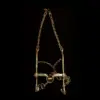19TH CENTURY ALBARDA
The antecedent of the albarda, or saddle for women, was European and even women were forbidden to ride astride (as men do), especially in England.
This type of saddle was designed and the ladies had to ride sideways, i.e. the right leg up and the left leg down, putting the foot in the stirrup, which in Spain is known as the "estribo". to the amazon. They were even fitted with a kind of handrail for added support.
They were saddles for riding, designed to support the passage of the horse, but not for galloping. The prohibition was so strict that it was said in those days that virginity was lost while riding astride.
A Mexican had the vision and managed to transform them to make the Mexican saddle, thus giving birth to the antecedent of what is known today as the albarda the one used by the skirmishes.
That gentleman was Mr. Filemón Lepe, father of Rosita Lepe, the first National Queen.
The way of riding was inherited from Europe; Don Filemón modified the shaft, enlarged the horns and added a third horn. He modified the saddle poles of the charra saddle and the arches were very thin, as well as the stirrup, as in the English saddle cloth or jumping saddle cloth.
The reason why the bastos were round and so big was so that the sweat would not stain the dresses. Even in some paintings you can see, although you do not see the type of the albarda, you can appreciate the European aristocracy that are riding elegantly, ladies with their parasols and that is the type of albarda they needed.

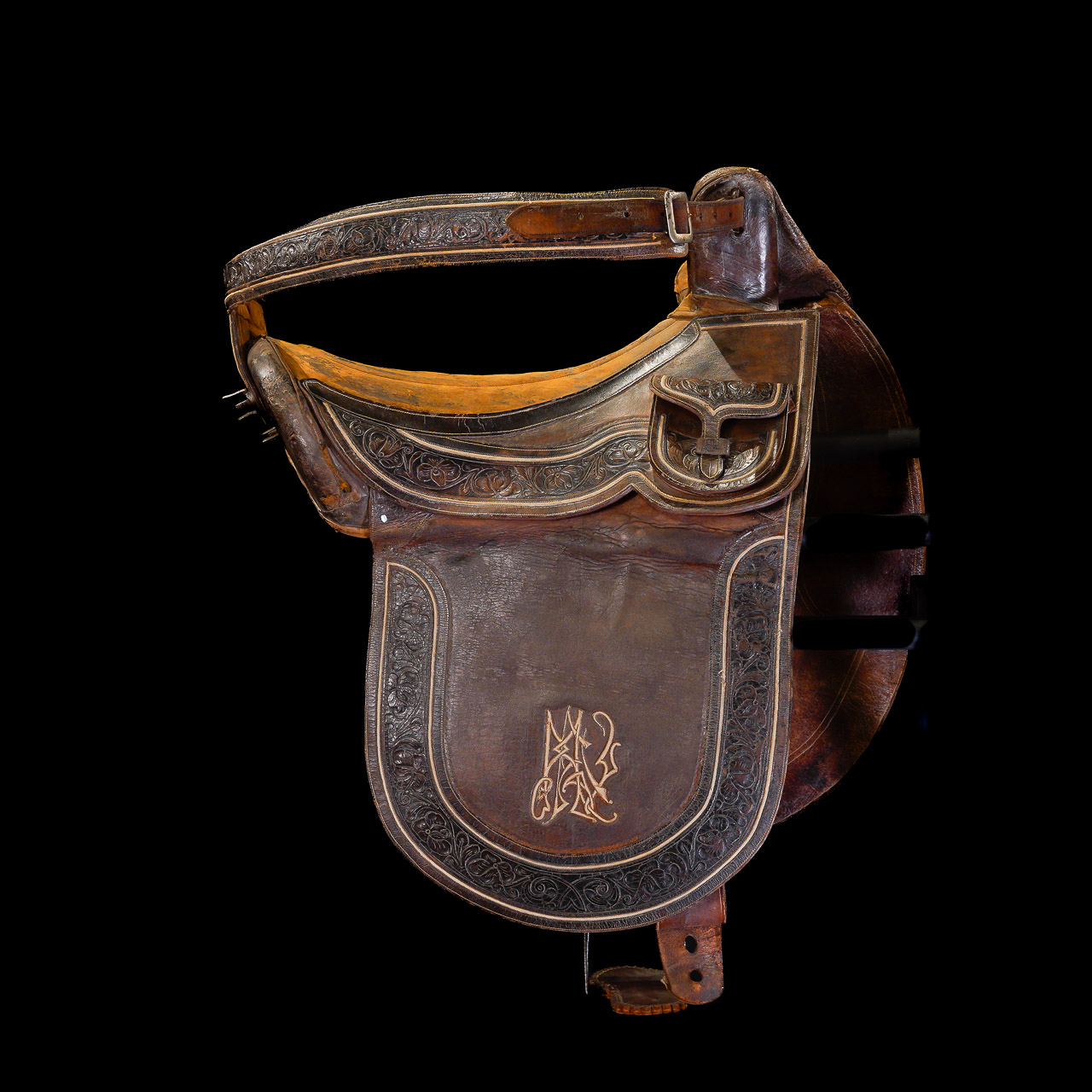
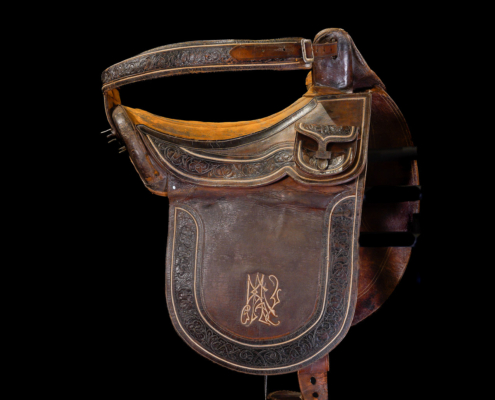

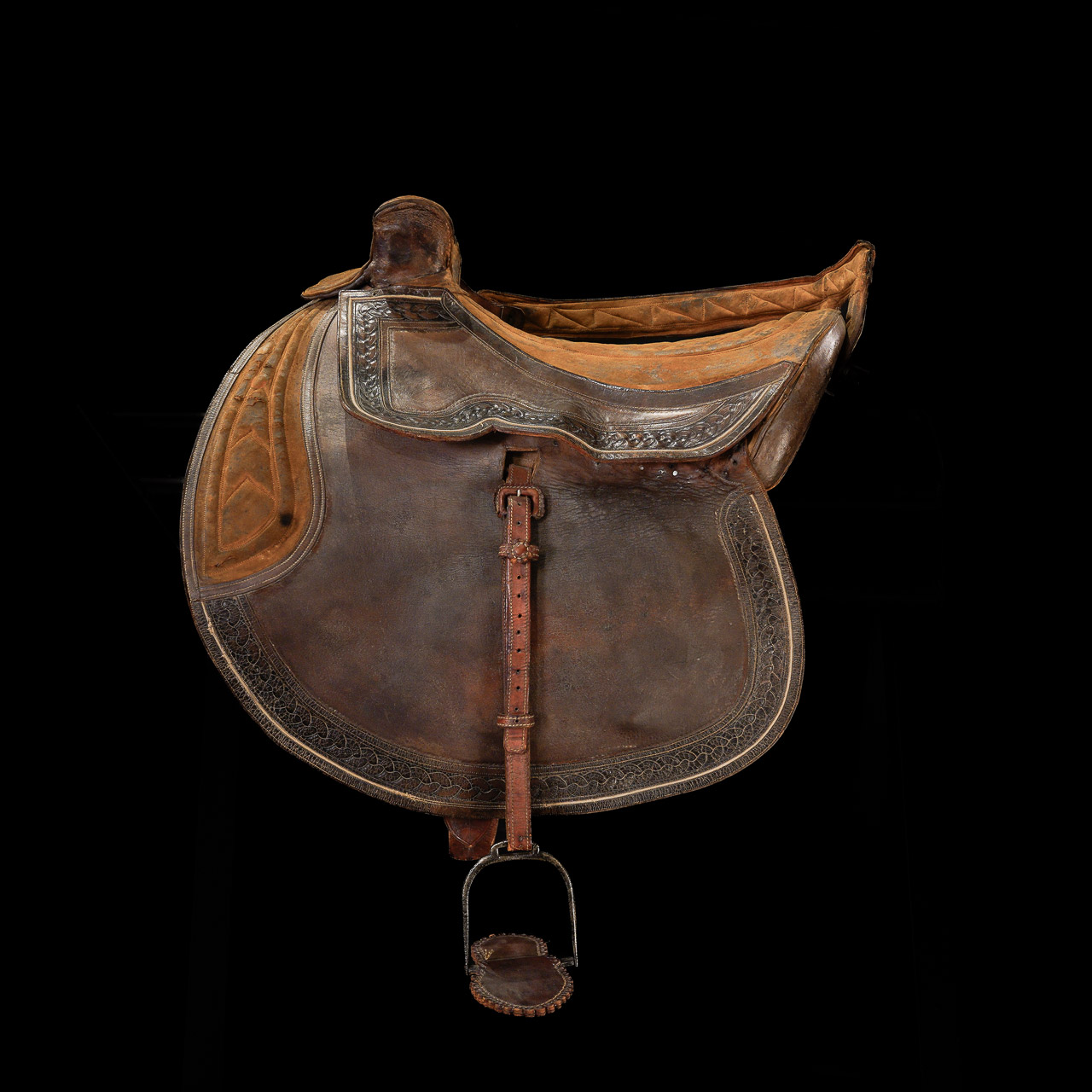
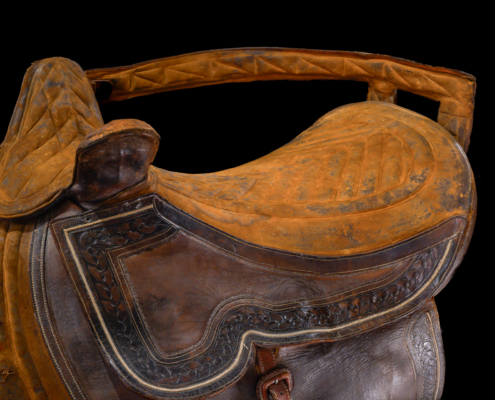
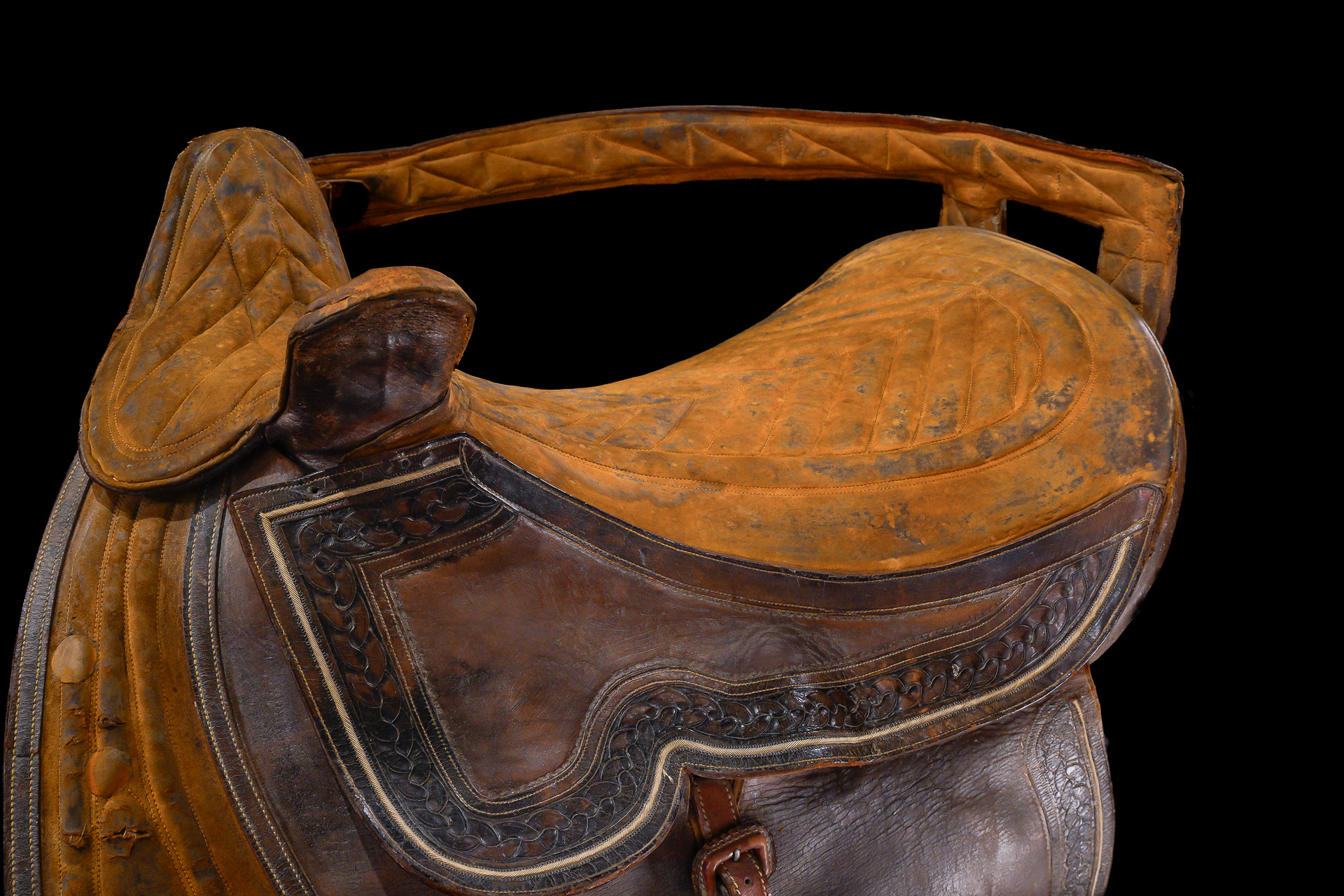
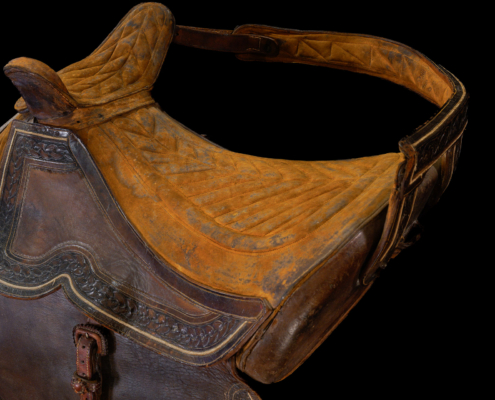
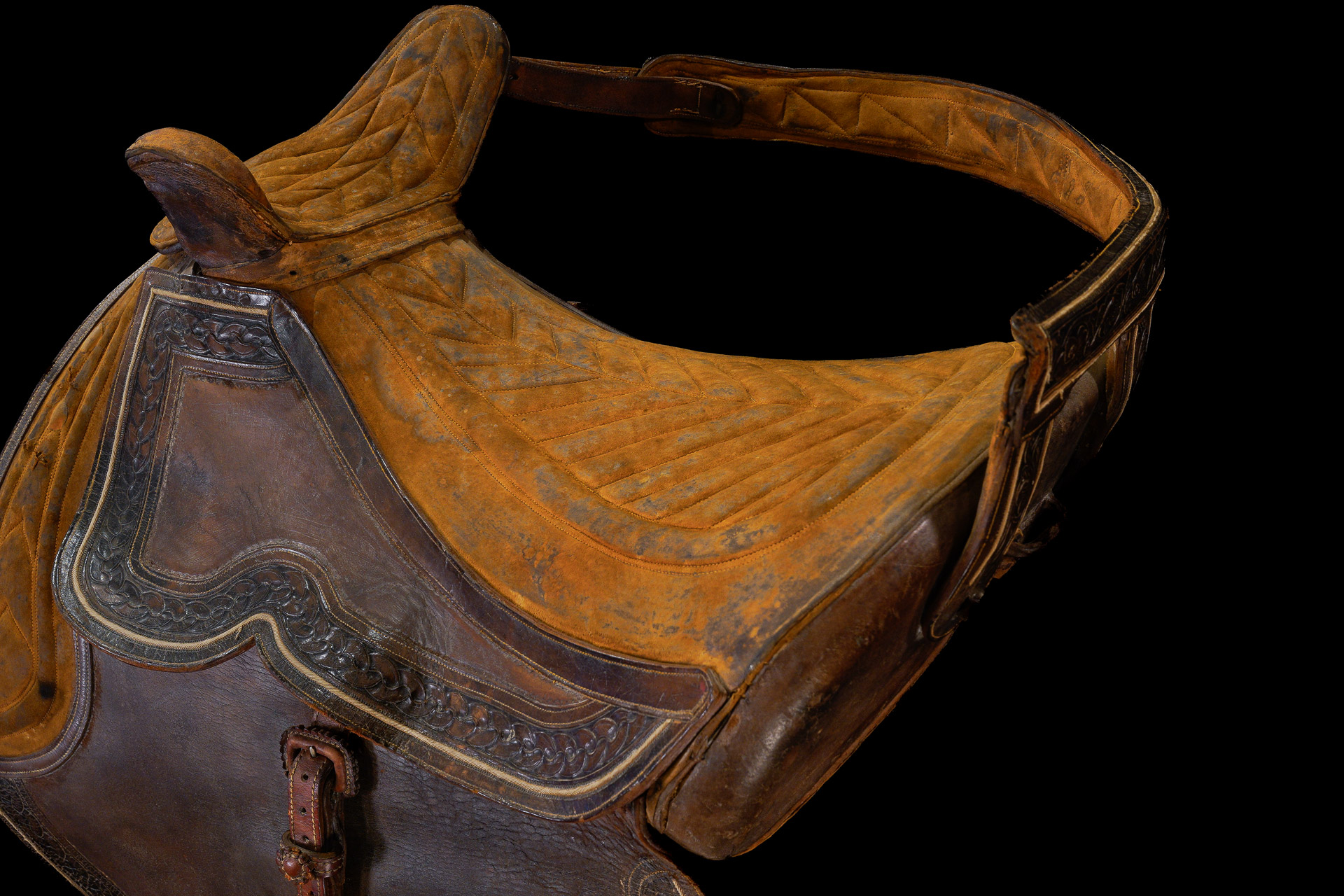
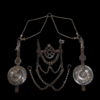

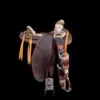
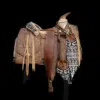
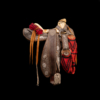



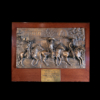
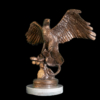
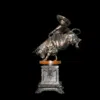

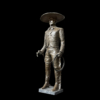

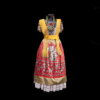

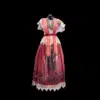 Antonio Gegundez
Antonio Gegundez